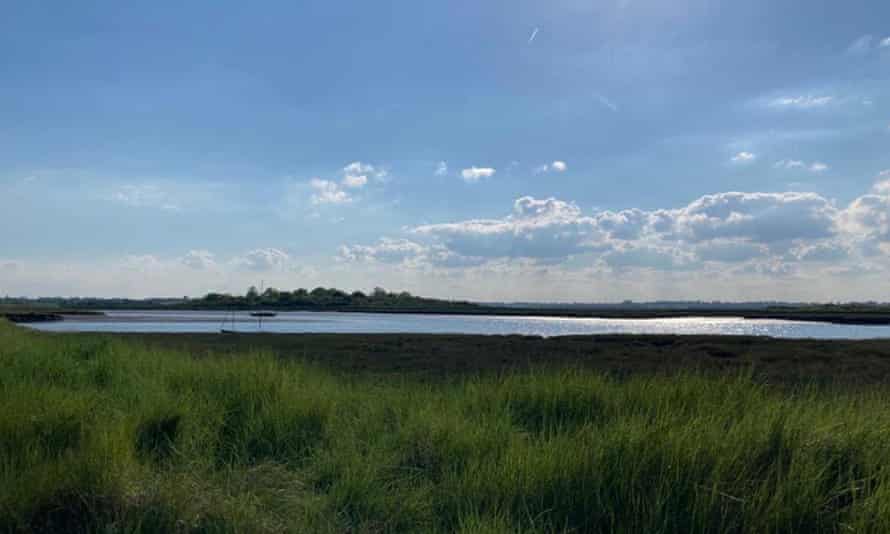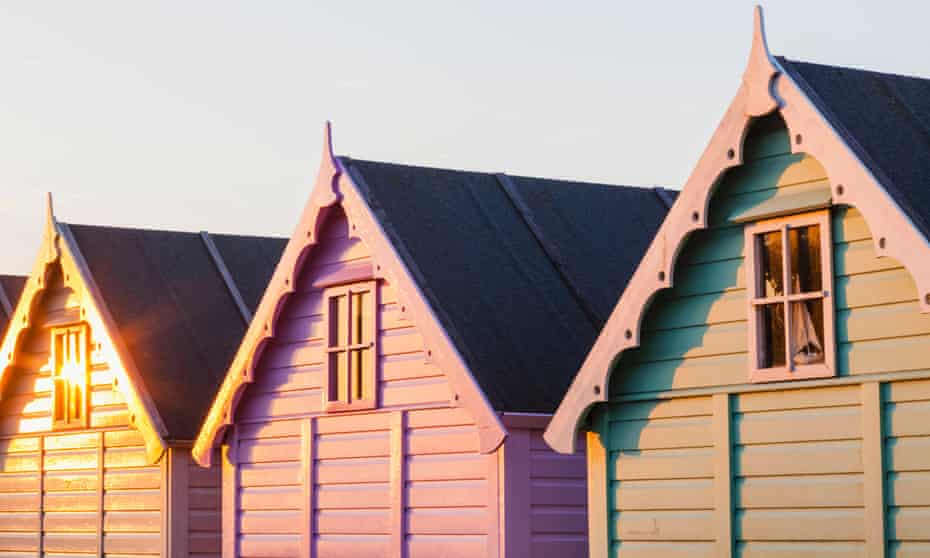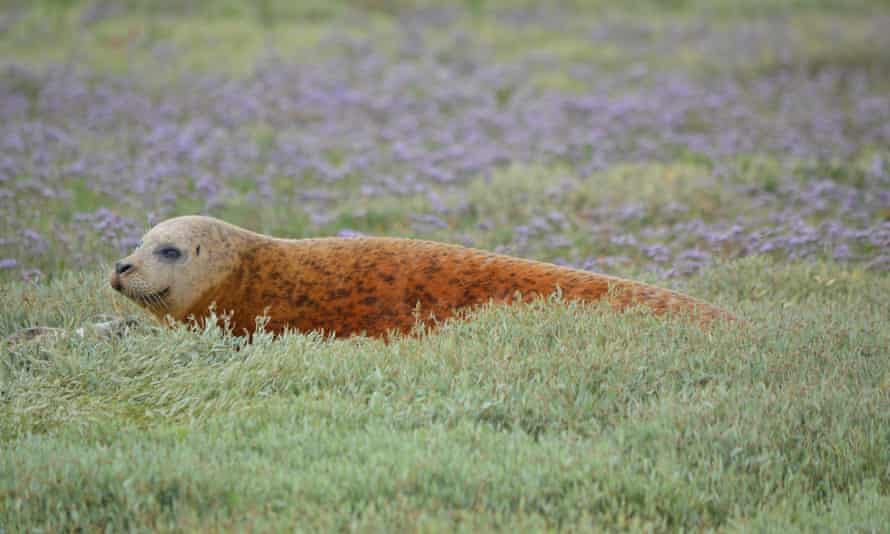The directions to the island in the email read, “Keep your foot off the accelerator, don’t try to avoid the puddles, sit back and enjoy the wildlife on your way across.” Why can’t all journeys start with advice like this? It could be a metaphor for life.
However, as I pull up on the bank looking across Hamford Water, to Horsey Island, off the Essex coast near Frinton-on-Sea, I feel less certain. The tide is receding, revealing a low-lying track covered in puddles, but is it safe to cross?
The estuary forms the backdrop for Secret Water, the eighth adventure in the Swallows and Amazons series. In the book, the gang spend a week exploring the islands that dot this lagoon, waging war with a local tribe, the Eels, and celebrate their eventual friendship with “human sacrifice” and a corroboree on the beach.
I decide that John, Susan, Titty and friends would not be deterred by a few puddles and set off across the sunken causeway, dazzled by the shimmering mudflats rising up on either side of the track. Dunlins airstream across my bonnet and oystercatchers cry in protest as my passing interrupts their foraging. Safely on the other side, the path rises to grassy fields and lambs hopscotch away to their mothers.


I am met by Vicky, whose family farms the 121-hectare (300-acre) island, and she shows me around the cosy three-bedroom, 19th-century holiday cottage. There’s a pond in front and fields of sheep and Arabian horses. The current guests turn out to be a large family of Hungarian violin-makers and they ply me with goulash and beer.
“I come every year,” Orsolya Draskoozy tells me. “Each time I come, the island has a different face and it’s great that the kids can roam free.”
Those renting the cottage can camp too (and I’m given special permission to pitch my tent for the night).
Life on Horsey Island is ruled by the tide. Miss the two-hour window either side of low tide when the causeway is uncovered and the only way on or off of the island is by boat. Vicky’s youngest daughter, who grew up on the island, recalls how this gave her the perfect excuse when she was late for school. The privately owned island is managed for its wildlife; it’s open to visitors, but you need permission in advance.
Essex has 30 islands, more than any other county in England, among them are Osea island, once a temperance colony founded by brewer Frederick Charrington and now an exclusive resort where the wealthy and famous go to unwind (it’s also the setting for the Jude Law and Naomie Harris folk horror series The Third Day); Wallasea Island, an area of lagoons and saltmarsh managed by the RSPB; and Mersea Island with its pastel beach huts, oyster bars and annual regatta, which culminates in the popular “walking the greasy pole” competition.

What Horsey offers those renting the cottage is the joy of having an island almost to yourself. It’s a place of peace and tranquillity, yet feels full of mystery. As I explore on foot early the next morning, peacocks yowl somewhere amid the trees and rheas appear on the horizon. The area is a national nature reserve; skeins of dark-bellied brent geese arrive here to feed in the winter and avocet breed on shallow pools in the spring, while summer is a great time to see basking seals. There’s a lake and beach (off-limits at certain times of year due to nesting birds) and endless roaming to be done.
I follow the map drawn by Arthur Ransome in the fly leaf of my old copy of Secret Water. The offshore islands, explored by the gang, appear indistinct in the morning light and it is easy to understand how the young explorers felt marooned and far away from the constraints of civilisation. Across the water I can see Skipper’s Island, now owned by the Essex Wildlife Trust.
Late that day I am met by friends, Malcolm and Sarah, who have kayaked across from the mainland, and slip into a kayak behind Malcolm. Kayaks are available for island guests to borrow, or for those on the mainland Nomad Sea Kayaking offers guided trips of Hamford Water, leaving from Dovercourt.

We paddle towards Skipper’s Island, which is home to the rare fisher’s estuarine moth and has no public access due to the fragility of the habitat. From offshore we watch a barn owl, ghost floating across a meadow and marsh harriers skimming the reed beds, hoping to catch an unwary bird in their talons. Nearby, gulls hurtle into the air from their breeding colonies like pebbles tossed into the wind.
As we head closer to the open sea, the wind picks up. We surf on waves the colour of a wood pigeon’s wing and salt water smacks me in the face as it tops the kayak. Paddling out here is not for novices and needs a good knowledge of the tides, but the rewards are colonies of seals, their coats dyed rusty from the iron oxide in the Essex mud, speedboating out from their mudbanks. Heads bob up around us as the seals sky hop, checking us out with dark eyes. Lapwings tumble through the air above us, whooping and plummeting with the joy of flight.

We round the final twist of Pewit Island. “Head through the north-west passage,” Sarah calls. The tide is racing away from us. Malcolm hops out to heave the kayak off a mudflat. As we head back we pass two sailing dinghies tucked away in a creek. They are called The Swallow and The Amazon, it seems that adventurers are still drawn to this secret inlet on the Essex coast.




